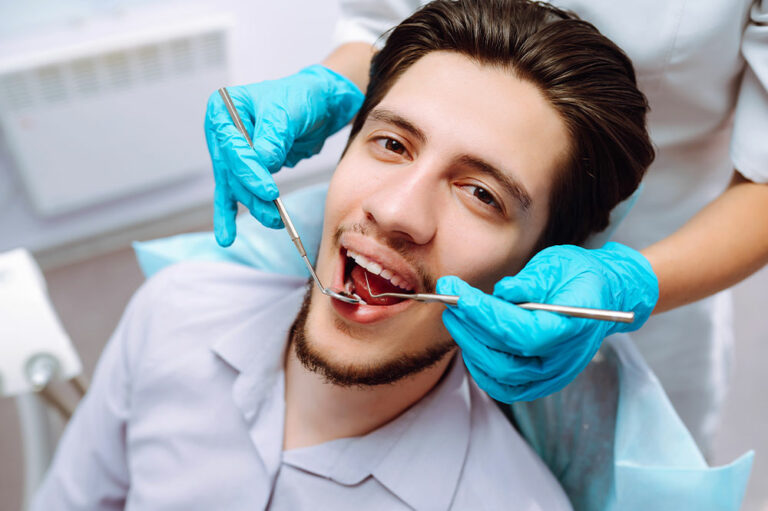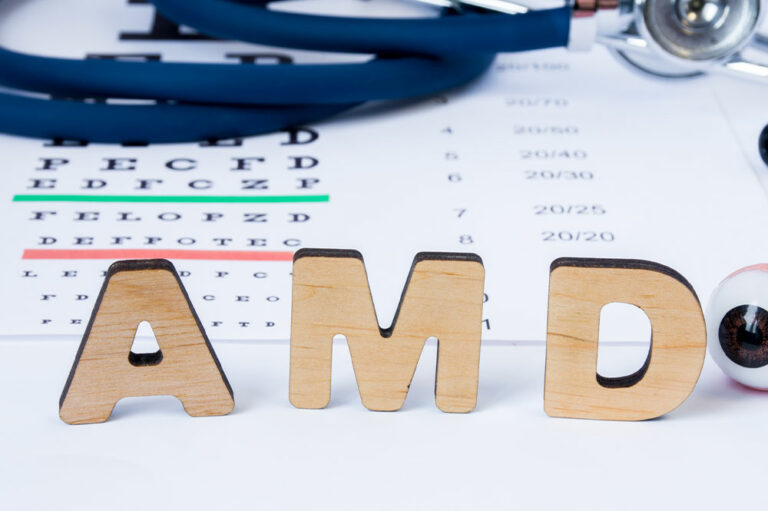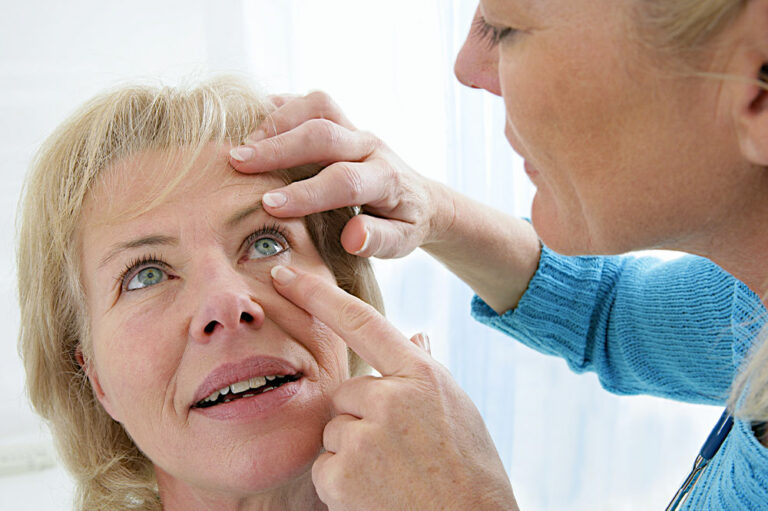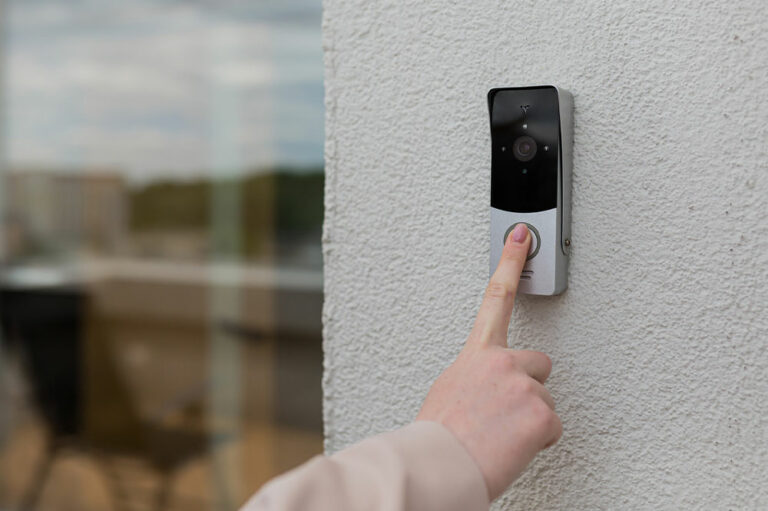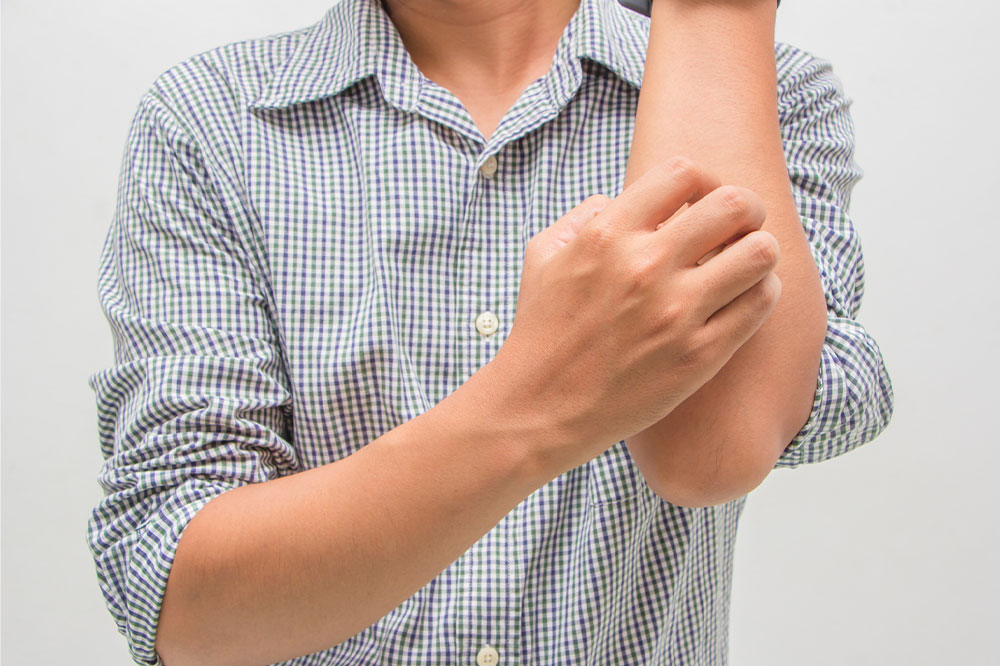
Eczema – Signs, Symptoms, and Home Remedies
Eczema is a generic term that refers to a group of skin conditions that cause irritation. These conditions can affect infants, children, and adults. Dry skin, redness, fluid-filled boils on the skin, severe itching, and rashes of various forms and shapes are typical characteristics of eczema. It is a chronic condition characterized by phases of flare-ups and remission. Managing this condition is important as it can cause discomfort and interfere with one’s routine.
Early Warning Signs of Eczema
The condition can affect anyone, but early signs of eczema can usually be seen in infancy. Infant boys and adolescent girls are more prone to the condition than others. Infants who develop such skin issues may get cured, and their symptoms may disappear as they age. However, the symptoms could return once they reach adulthood.
When suffering from this condition, a person can experience drastic changes in the way their skin feels and looks like. In its early stages, eczema can cause the skin to look bumpy or raised. The skin may also look inflamed, and one’s eyelids may appear swollen. Flaking or peeling of skin is another warning sign that appears early in eczema patients. Irrespective of the early warning signs, eczema can have a long-lasting impact. Some of its short-term and long-term impacts are thick leathery skin; deep lines in palms; formation of pus-filled bumps; and discoloration of skin.
Symptoms of Eczema
Since eczema is a skin condition, most of the symptoms are associated with changes in the skin. The symptoms may vary for infants, children, and adults.
In babies
- Scaly and itchy rashes on the scalp and cheeks
- Dry, scaly, itchy, and patchy skin
- Bubbled rashes that begin to ooze
- Unexplained discomfort
- Constant rubbing against bedding to find relief from the itch
In older children
- Rash in elbows, knees, ankles, legs, and buttocks
- Itchy, scaly, and patchy skin
- Lightening or darkening of the skin
- Thickening of skin
- Constant itchiness
- Swelling on the skin
- Slightly warm or hot skin
- Discoloration of skin
Eczema Symptoms in Adults
If a person has had eczema as an infant or a child, the symptoms might return when they turn 50. However, they tend to be milder than the episodes experienced previously. In a few rare cases, a person can suffer from the symptoms when they become an adult. These can be seen at the back of knees, neck, elbow crooks, and face in most adults. Sometimes, adults may also get eczema around their eyelids. Eczema in the eyes increases the risk of early cataracts. Typical symptoms noticed in adults are:
- Very dry skin
- Bumps and rashes in the affected areas
- Raw or bleeding skin
- Severe itch
- Thickening of skin
Home Remedies for Eczema
When using home remedies, it’s advisable to not discontinue formal treatment without consulting a doctor. Home remedies need to be used alongside other treatments. Make sure to use certified products to prevent the worsening of symptoms.
Aloe Vera Gel
Aloe vera has antibacterial and antimicrobial properties that can prevent skin infections. It has healing properties and is an effective moisturizer that prevents dry skin and itching. One can buy certified aloe vera gel and apply it to the affected areas.
Oatmeal
Oatmeal has been used for a long time to treat dry and rough skin and to reduce scaling and itchiness. One should opt for colloidal oats. Make a fine powder and add it to a warm bath. Soak for 10 to 15 minutes. Then, rinse well and apply a moisturizer after.
Coconut Oil
Coconut oil is a well-known moisturizer and can prevent inflammation. Those suffering from skin irritation must continuously use coconut oil for at least four weeks to see benefits in the skin. Take a small amount of pure or virgin coconut oil on your palm and apply it to the affected areas. You can also apply it before sleeping to moisturize the skin at night.
Cool Compress
The constant urge to scratch is one of the biggest concerns of eczema. Use a cold compress in areas that are affected. Though this will provide temporary relief, it can relieve the itch almost instantly and help a person from the agony of scratching. Once the compress is removed, one should apply moisturizer to keep the area from becoming dry again.
Bleach Bath
Bleach baths with plain bleach, without any fragrance or colors, can help prevent bacterial infection in the skin. It can also help alleviate some symptoms. This can be particularly beneficial for babies. Look for mild bleaches with strength ranging between 2% and 4%. Fill a baby’s bath with water and add two milliliters of 2% strong bleach or one milliliter of 4% strong bleach. Ensure that you do not immerse the baby’s head in the water. Soak for 10-15 minutes, and wipe the skin with a soft disposable towel. Do not rinse the skin after a bleach bath, and apply moisturizer immediately after. You can do this twice a week. Remember to dilute the bleach well to avoid reactions and side effects after a bleach bath.
Management of Eczema
There is no cure or a similar treatment strategy for all patients. Doctors create a personalized approach for each patient depending on the severity of their symptoms, age, and overall health conditions. They use one or many of the following approaches to manage the symptoms:
- Understanding the triggers and avoiding exposure to them
- Use of dermatologist-recommended moisturizing creams
- Use of prescription treatments, including immunosuppressants and anti-inflammatory treatments
- Phototherapy
- Treatment with Biologics
Important Tips to Remember
Since eczema is a chronic condition, one can use the prescription treatments intermittently or continuously as per the doctor’s advice. Certain creams can cause side effects like skin thinning, acne, stretch marks, and skin lightening. Some people may experience burning and tingling when they apply the creams. Others may experience inflamed hair follicles, contact dermatitis, reddening of the skin, and hair growth in the area of treatment. Before using a product, use it in a small patch to see if it worsens the symptoms or triggers any other allergic reaction.
